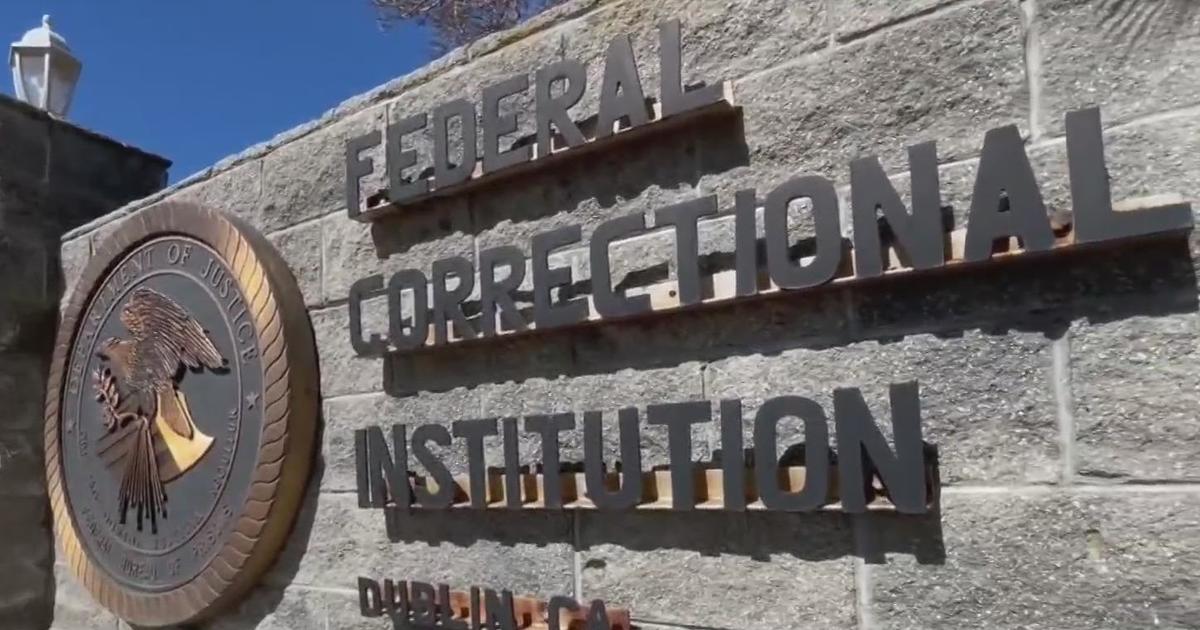East Bay Water Utility Votes To Impose 20-Percent Mandatory Reduction In Use As 'Stage 4 Critical Drought' Declared
OAKLAND (CBS SF) -- The East Bay Municipal Utility District board of directors voted Tuesday to declare a stage four critical drought and impose a districtwide 20 percent mandatory reduction in water use.
At a meeting that lasted nearly four hours, board members also took a number of other steps in response to Gov. Jerry Brown's April 1 executive order for California's urban water districts to cut back 25 percent on average.
EBMUD general manager Alexander Coate and other staff members said the actions are necessary because water storage is projected to be at near-record lows and storage in reservoirs is expected to be at only one-third of capacity by Oct. 1.
The additional measures approved today include outdoor water use prohibitions and restrictions, penalties for people who use more than four times the amount of water used by the average residential customer and penalties for those who steal water or misuse water from a public fire hydrant.
The outdoor water use prohibitions and restrictions take effect immediately.
The penalties for excessive water use and stealing water, which received their initial approvals today, will take effect on July 1 if they're approved at a second reading in two weeks. The penalty for excessive water use will show up on customers' bills in September.
To increase supplies, the board authorized taking up to 33,250 acre-feet of water, which is about 11 billion gallons, of Sacramento River water from Freeport, a community south of Sacramento. That's about a two-month supply of water.
To pay for the cost of buying and delivering that water, the board gave initial approval to a 25 percent surcharge that would take effect on July 1 and show up on customers' bills on Sept. 1. After another public hearing, the board will hold a final vote on the proposed surcharge on June 9.
The average household that uses 246 gallons a day will see its bill increase by $11.65 per month starting on July 1 if the surcharge and a proposed regular rate increase are approved, according to officials at the water agency, which serves 1.3 million customers in Alameda and Contra Costa counties.
Director William Patterson said the agency has been too slow to increase its water supply and the result is, "Going forward, it will cost you more for less (water)."
Several board members suggested having the surcharge take effect before July 1 to start paying for the Sacramento River water as soon as possible.
Director Marguerite Young said, "We're kicking the can down the road at a time we should be kicking people in the butt."
Director Andy Katz said, "We have real costs we need to pay for so we should do it as soon as we can."
But Coate said it would be technologically impossible to place messages about both the rate increase and the surcharge on customers' bills by July 1.
Coate said that for now EBMUD will pay for the Sacramento River water by using leftover money in its budget and it will recoup that money after the surcharge kicks in.
EBMUD staff recommended that the excessive use penalties apply to customers who use an average of 1,152 gallons per day, which is four and a half times the average household.
But Young and several other board members proposed having the penalty kick in at a level of 748 gallons a day.
Young said she prefers to lower the level because she wants to "chop off excessive use."
But the board voted by a 4-3 margin against lowering the threshold to 748 gallons a day.
Instead, they voted by a 6-1 margin to have the penalty kick in at 984 gallons a day, which is four times the average household.
If the penalty for stealing water receives final approval, water thieves would be fined $1,000 for their first violation, $2,000 for their second violation and $3,000 for every additional violation in a 12-month period.



